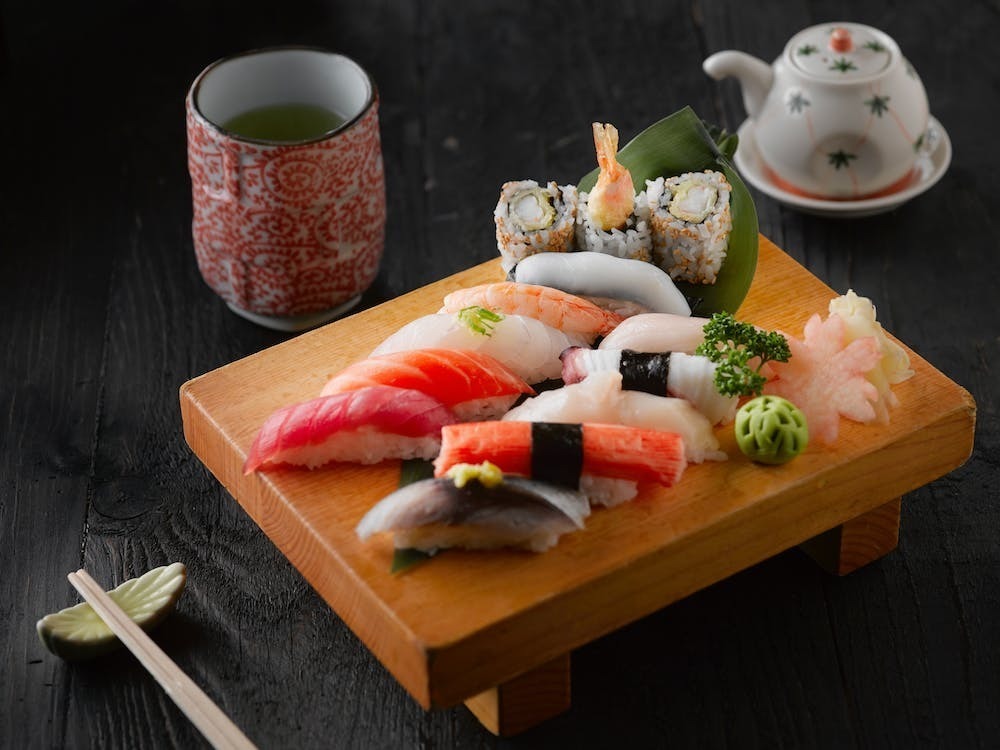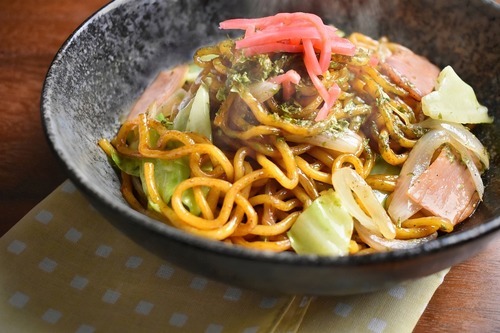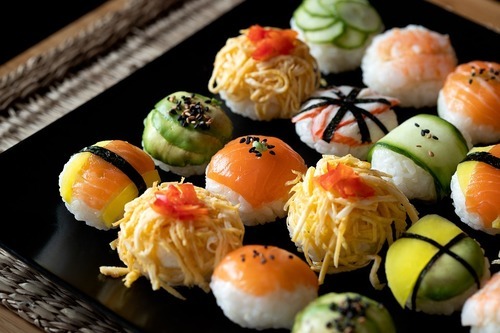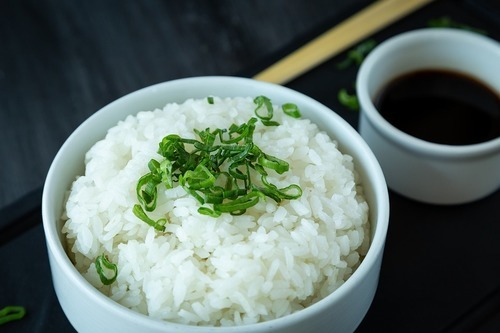Fuel Your Fitness
For anybody who wishes to remain in optimum health, then both diet and exercise are of equal importance. It is well known that Japanese food is very healthy, and one area of Japan is known as a Blue Zone. The residents there are renowned for living to over 100 years old. However, creating your own Japanese dishes can be somewhat challenging, and it is worthwhile going to a restaurant instead to get the full nutritional benefits.
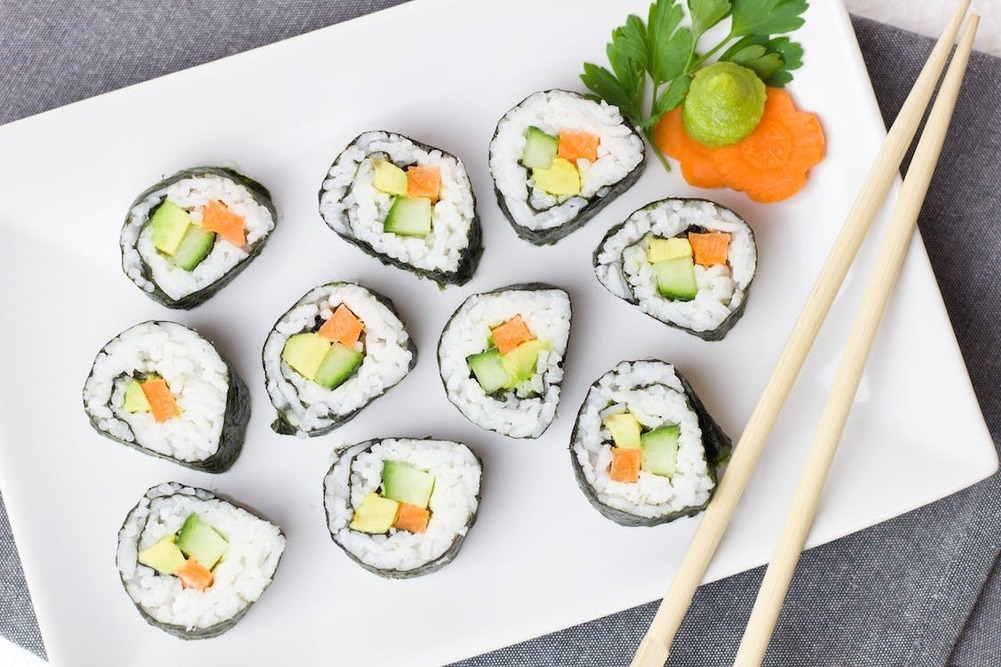
Find Time to Eat Out
If you lead a busy lifestyle, then finding time for exercise and eating out could be problematic. One solution is to wear gym clothing from aim’n for your workout. Their designs are so modern and stylish, they would not look out of place when eating out. The range of gym clothing at Aim’n includes pretty tights that would look great under a long, flowing top. Why not consider a shimmering snakeskin or a cute belted option?
Deciding what to eat at the Japanese restaurant may leave you on unfamiliar ground, but rest assured fresh fish is always a reliable option. The food is light and tasty, ideal for a post-workout snack to replenish your energy levels. Don’t be scared of trying something new such as sushi or edamame beans. Your comfortable gym clothing by aim’n will keep you both relaxed and looking stylish.
From Bento to Bench Press
Japanese food also includes Bento boxes which typically consist of a container divided into different sections. Lots of small snacks will keep you satisfied and ready to take on the world after your gruelling bench press session! Overall, there is no reason to stop you from combining your exercise regime with eating healthy Japanese food. Take time to explore all the delights of this new cuisine, it could be your new favourite!
